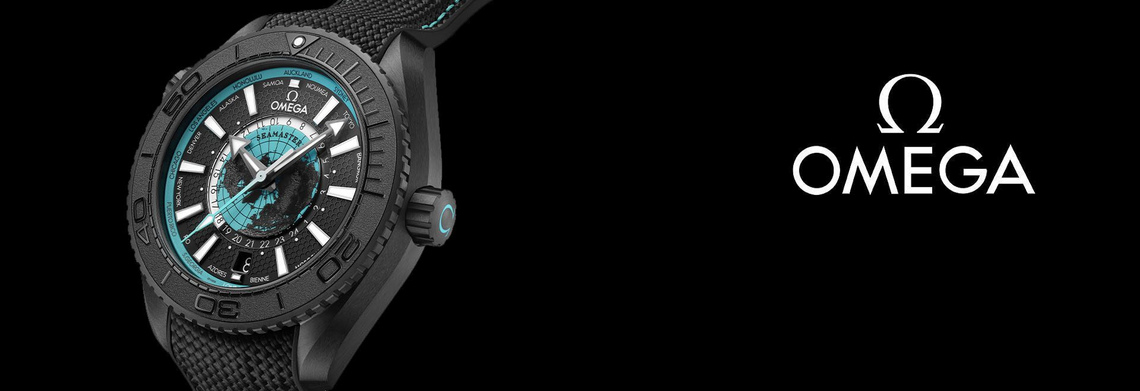
Inside the Aqua Terra collection - The Master Chronometer standard
Inside the Aqua Terra collection - The Master Chronometer standard
At any time in OMEGA’s proud history, it is possible to find examples of industry-leading innovations and world-first achievements. Driven by a pioneering spirit and desire for perfection, the brand has continually set and surpassed the limits of watchmaking excellence.
Master Chronometer represents a refined standard of quality, going well beyond the COSC certification by which all watches are usually measured. Although COSC remains an integral part of the process, OMEGA has doubled its certification with the METAS approved standard, proving levels of precision, performance and anti-magnetic resistance like never before.
The Swiss Federal Institute of Metrology (METAS) has ensured that testing for the Master Chronometer leaves no room for doubt. Including exposure to a magnetic force of 15,000 gauss, each watch is subjected to eight separate examinations, with every step carefully checking for function and accuracy. It goes without saying, that the margins for passing these independent tests are much tighter than those set by COSC.
Master Chronometer is OMEGA’s standard for today and for the future. The new Seamaster Aqua Terra collection is the latest to embrace the certification and provides customers with an added level of trust and confidence.
1. FUNCTION OF COSC-APPROVED MOVEMENT DURING EXPOSURE TO 15,000 GAUSS (1.5 Tesla) MAGNETIC FIELD
This test examines the movement of the watch, placing it in two different positions and subjecting it to a magnetic field of 15,000 gauss. The functioning of the movement is audibly checked using a microphone.
2. FUNCTION OF WATCH DURING EXPOSURE TO 15,000 GAUSS MAGNETIC FIELD
In this test, the watch is subjected to a magnetic field of 15,000 gauss. While exposed to this field, the functioning of the watch is audibly checked using a microphone.
3. DEVIATION OF DAILY CHRONOMETRIC PRECISION AFTER EXPOSURE TO 15,000 GAUSS
In this test, the watch is subjected to a magnetic field of 15,000 gauss and its chronometric precision is calculated after 24 hours. The next day, the watch is demagnetised and the chronometric precision is calculated after another 24 hours. We show the minimal deviation between the two days.
4. AVERAGE DAILY CHRONOMETRIC PRECISION OF THE WATCH
This test is carried out over four days. During these days, the watch is placed in six different positions and two alternating temperature zones. It is also exposed to a magnetic field of 15,000 gauss. Chronometric precision is recorded each day. At the end of the four days, the results are used to calculate a daily average.
5. POWER RESERVE
This test checks the power reserve of the watch by proving that it continues to function at the limit of its expected capacity.
6. DEVIATION OF CHRONOMETRIC PRECISION IN SIX POSITIONS
In this test, the watch is placed in six different positions and its chronometric precision is recorded in each one. Out of these six results, we show the deviation between the two most extreme results known as the Delta
7. DEVIATION OF CHRONOMETRIC PRECISION BETWEEN 100% and 33% OF POWER RESERVE
In this test, the watch is placed in six different positions and its chronometric precision is recorded at 100% power reserve in each one. This process is repeated when the power reserve of the watch reaches 33%. We then take the average results of the six measures during both states of the power reserve and give the deviation between the two.
8. WATER RESISTANCE
This test submerges the watch underwater, gradually applying more pressure up to the point of the stated water resistance. This ensures that each watch is properly tested for underwater conditions.

